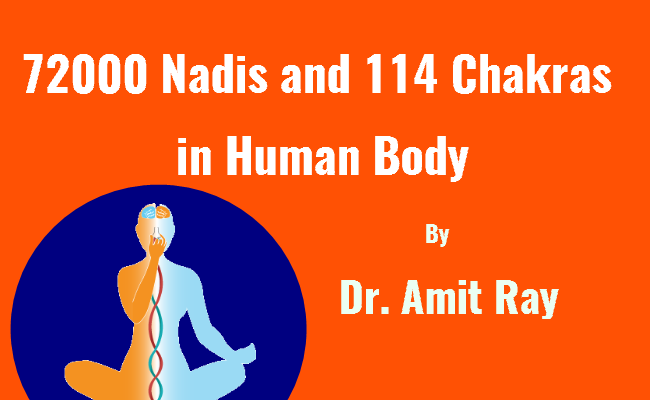72000 Nadis and 114 Chakras in Human Body
72000 Nadis and 114 Chakras in Human Body
Sri Amit Ray tells us about the science of 72000 nadis and 114 chakras in our psychic body.
Nadis are the pathways of the life energies and chakras are the purification and distribution centers of the life energies in our body. When the flow of the energies in the nadis and the purification and distribution processes in the chakras are perfect, we realize our divine true Self. If there is any blockage or disturbance in the nadis or in the chakras, we are disturbed and go away from our true divine Self.
Purpose of 114 chakras guided meditation, Om meditation or Vipassana meditation is to keep these nadis and chakras pure and clean so that we always remain connected with our divine self – the source of divine creative energy and pure energy of happiness. A lack of energy flow in the chakras can affect the physical, mental, psychological, emotional and spiritual health of an individual. Om has seven levels of vibrations and each vibration has its purification effect on the chakras and on the nadis, and they optimize the energy flow.

Many spiritual seekers and researchers asked me about the exact science and presence of chakras and nadis in the human body. To realize the nadis and chakras, you need deep awareness meditation. To understand the science of nadis in depth, you need a basic understanding of quantum physics, and the human nervous system.Read More »72000 Nadis and 114 Chakras in Human Body